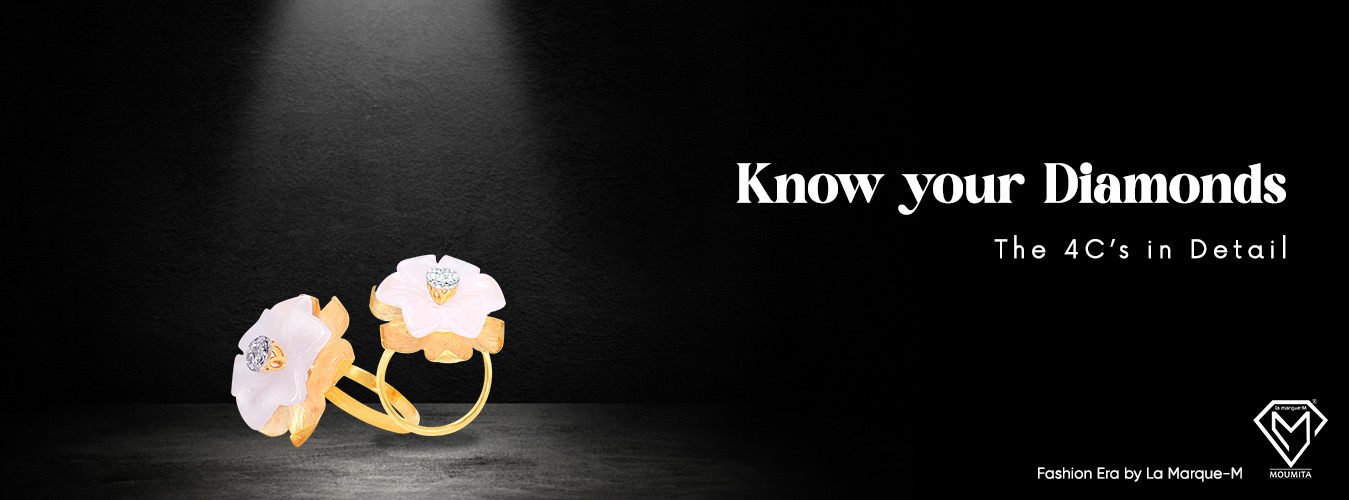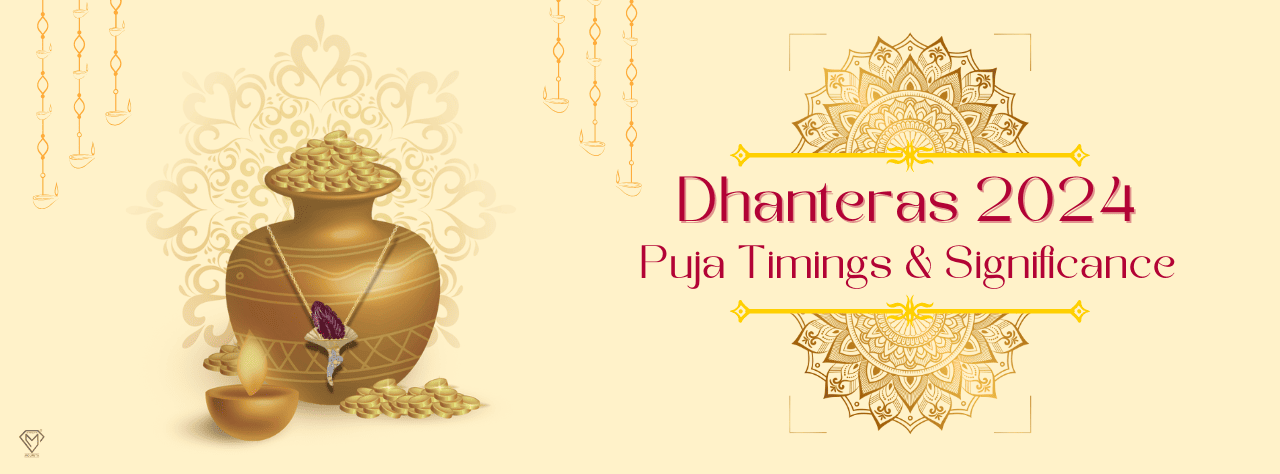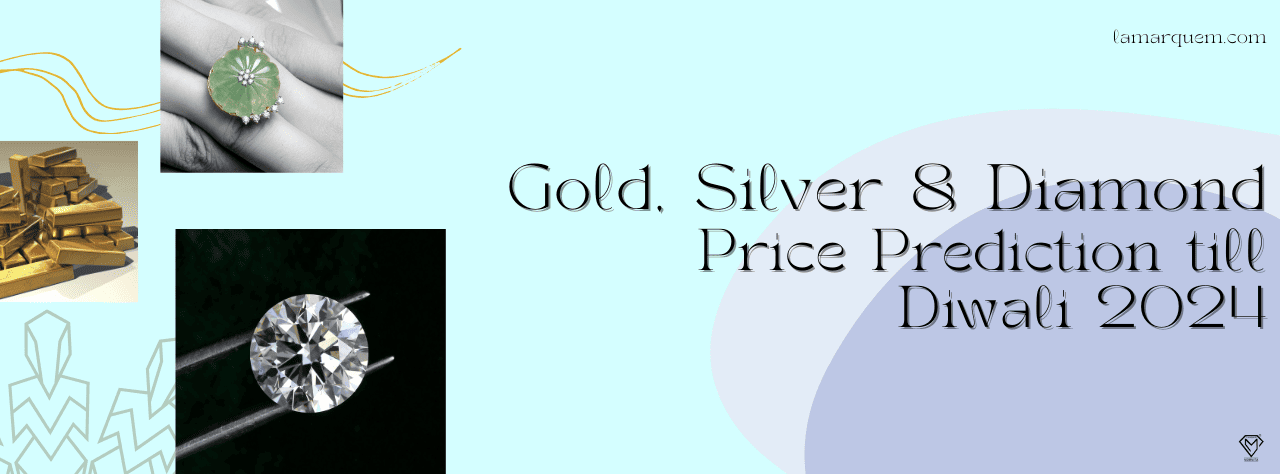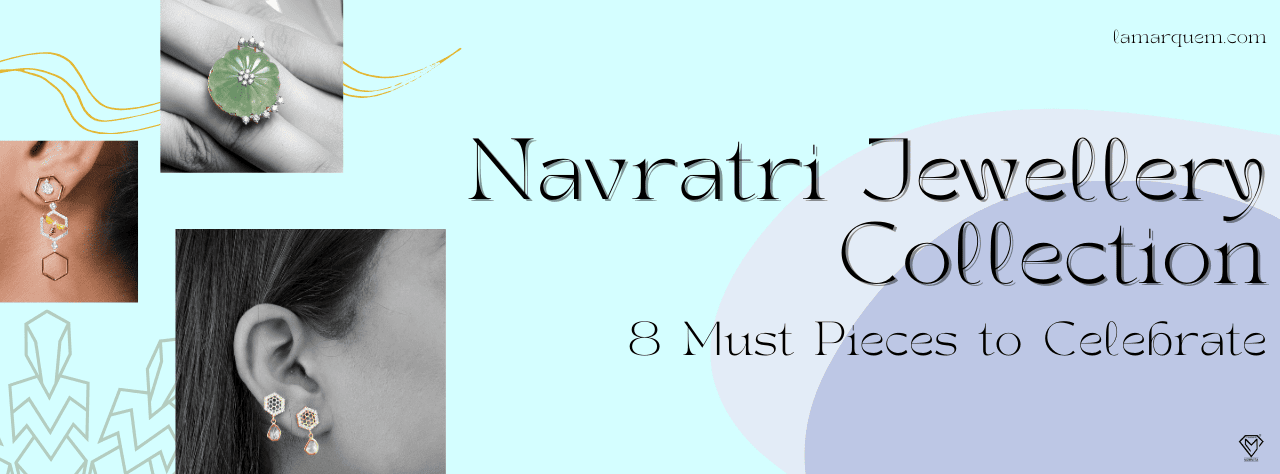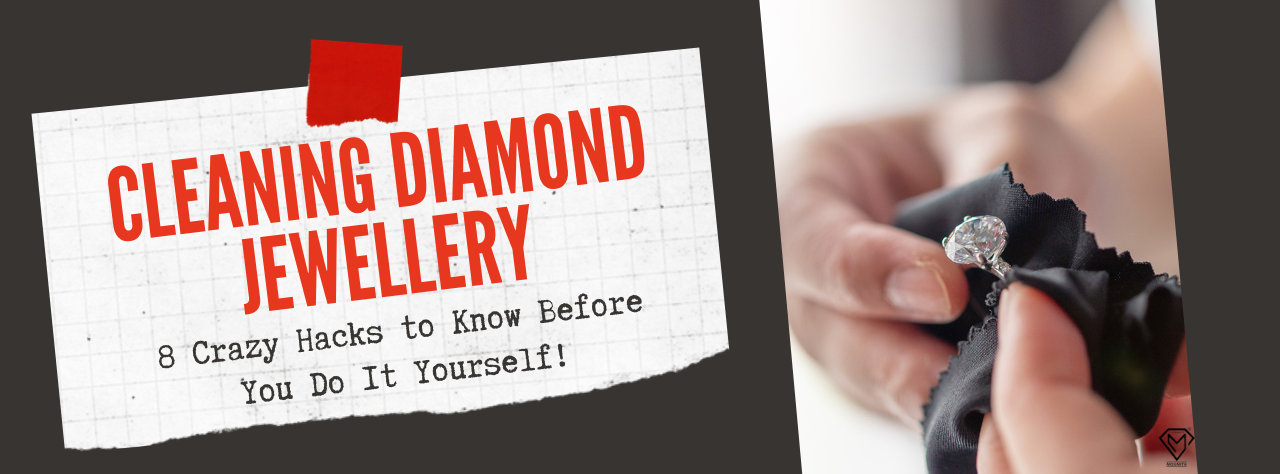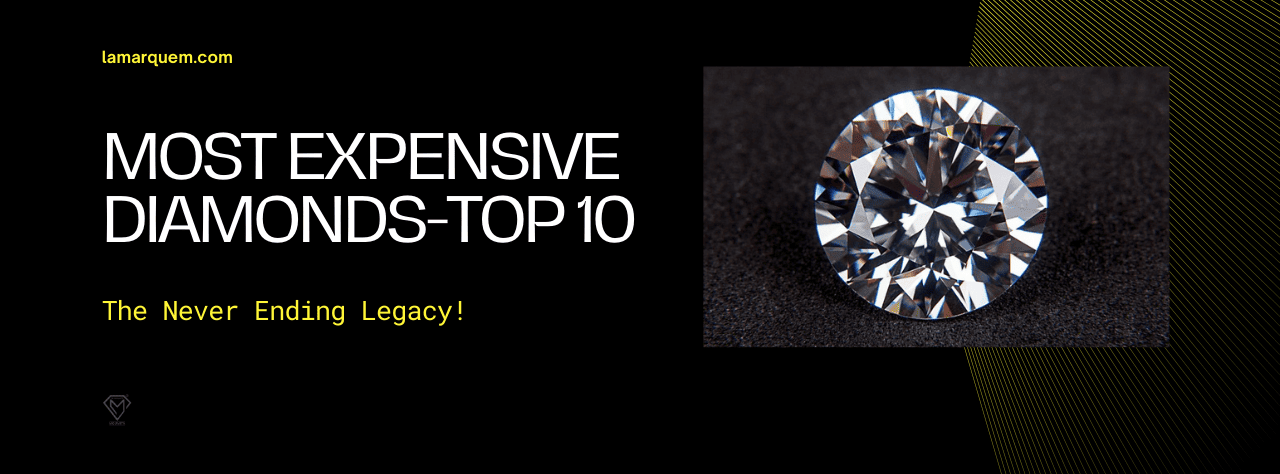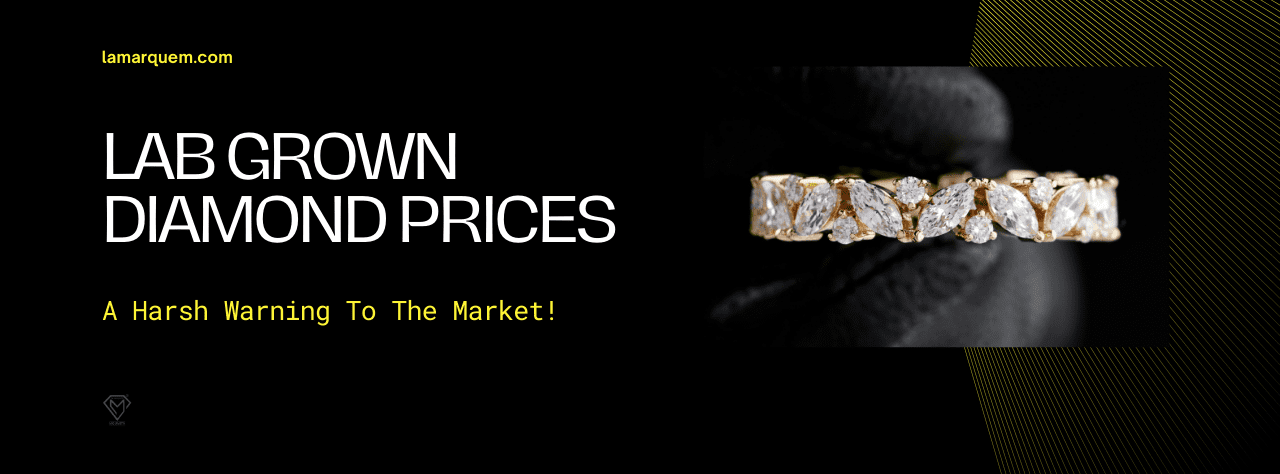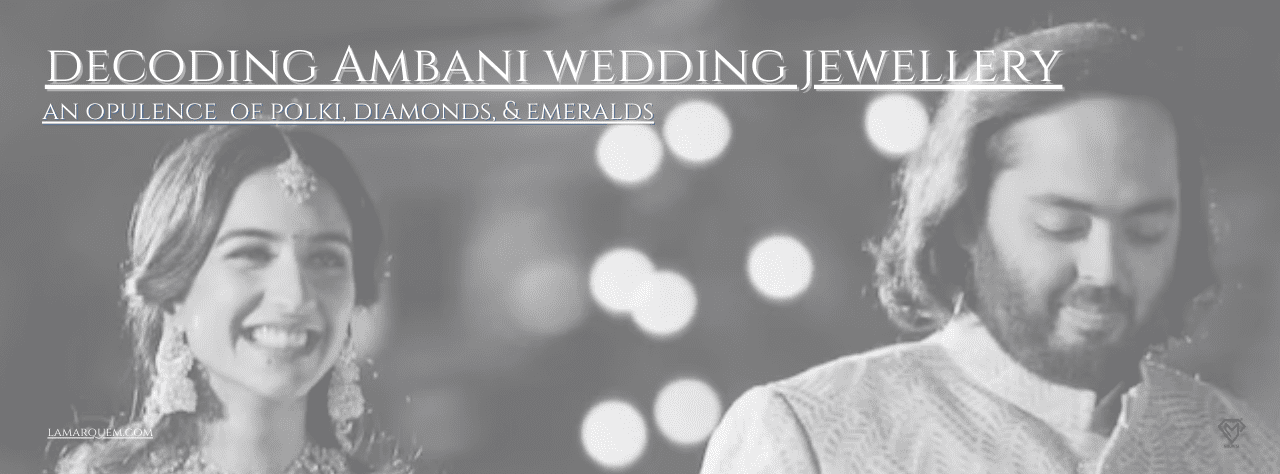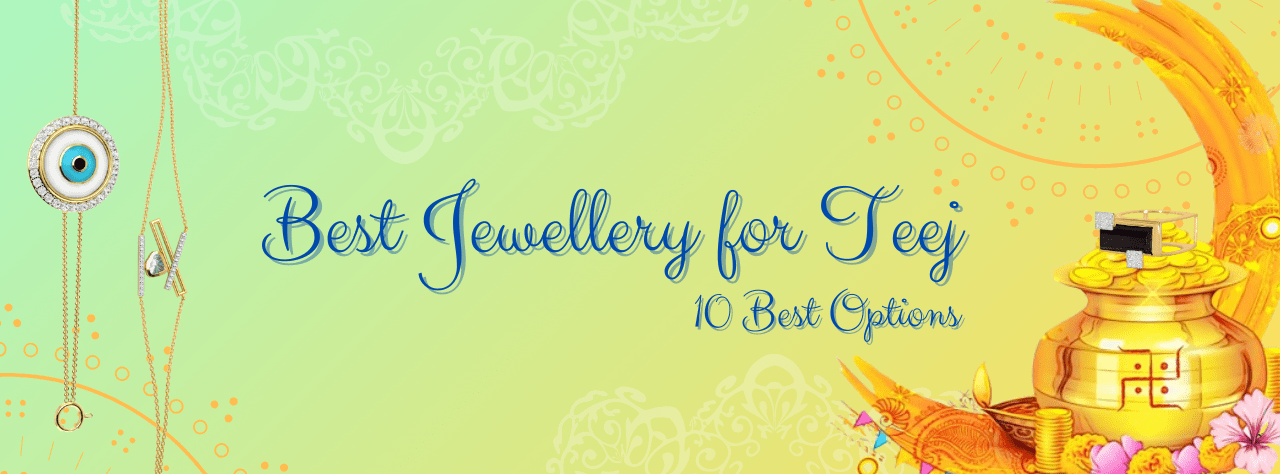Know your Diamonds: The 4C’s in Detail
Everybody buys numerous products from the market but none of them will not feel so unique in themselves, how much buying a diamond will make them feel. Buying a diamond, whether a Pointer or a Solitaire (we’ll discuss Pointer and Solitaire later), is always worth being proud of. So, here we’re about to share some guidelines for buying diamonds that will surely help you in buying your next diamond jewelry to a great extent.
The 4C’s: Determining the Quality of a Diamond
Color, Clarity, Cut & Carat: these are the 4 factors that significantly determine the quality of a diamond. Always remember that a minute change in any of the factors brings a huge change in the whole quality as well as price. And always prepare a budget before buying any diamond jewelry, especially Solitaires, otherwise, it will be a big hazard for you to choose the one while buying.
Color: Determined by letters, but determines it better
Officially coined by GIA, the D-to-Z color scale is a universally accepted method to determine the color of a diamond which is pretty simple but very authentic. There are also five categories ranging from- Colorless (D to F), Near Colorless (G to J), Faint (K to M), Very light (N to R), and Light (S to Z). The colorless ones like D, E, and F are the best ones, obviously but they are rarer also, you can’t buy them anywhere or anytime if you want. As it is extremely costly, very few dealers stock them. But, both Near Colorless (G, H, I, and J) and Faint (K, L, and M) are available almost everywhere and at a genuine price. In the most of the diamond jewelry available in the market, the two slabs of color: Near Colorless and Faint are the maximum used diamonds maintaining better purity (Clarity grades of a diamond) and brilliance (Cut grades of a diamond) alongwith.
Clarity: Grading a diamond in the scale of purity
Second in the sequence, Clarity declares the purity of a diamond by some standard measures of visibility of inclusions and blemishes under the 10x magnification. There are several names as per different measures of these indexes according to GIA like FL (Flawless), IF (Internally Flawless), VVS1 & VVS2 (Very Very Slightly Included 1 & 2), VS1 & VS2 (Very Slightly Included 1 & 2), SI1 & SI2 (Slightly Included 1 & 2), I1, I2 & I3 (Imperfect 1, 2, & 3). The Flawless ones are the best ones, for sure, but they are rare as well. Higher clarity always refers to better and costly diamonds which will definitely have unparalleled sparkle. More inclusions and blemishes always make a diamond cloudy which causes less sparkle and results in a poor diamond.
Cut: The finer the cut, the better it’s luster
After purity and color, here comes its brilliance which is measured by its Cut and on a scale from Poor to Excellent. Cut is such an important factor in a diamond’s quality that a poor cut grade can positively affect even a decent colored diamond with a better purity. Basically, Cut refers to the quantity of light entering through the top of the diamond and the more the light will enter, the better it will refract and reflect within the facets inside, and the brighter will be the diamond’s sparkle. There is also one thing that is whether it’s cut is too deep or too shallow. Diamonds with too deep cut passes the entered light towards its pavilion (the bottom portion of diamond) and less reflection and refraction results to a smaller appearance of it and when it is shallow, the entered light bounce back from the very first facet it reflects into towards the table which also makes the diamond look darker and cloudy.
Carat: Adding more to its value
After all these characteristics of Color, Purity (clarity), and Brilliance (cut), the weight of a diamond is also very much responsible for its high value. Basically, there is nothing much to say about carat, because it simply has no negative points to be depicted. A diamond weighing from 0.10 carat upto 0.99 carat is called a Pointer and when its weight goes beyond 1.00 carat, only then it is called a Solitaire. And definitely the value of a diamond increases along with its weight, keeping all its other properties constant. For example, for any fixed color, clarity, and cut, a diamond will always have greater value for more weight.
These were almost everything about the 4C’s of diamonds which you must keep in mind while thinking about buying a diamond or a diamond jewelry. But for always, we suggest you to go for a better color, purity, and brilliance, instead you can buy a diamond of lesser weight, only if you’re sticked to a fixed budget.


